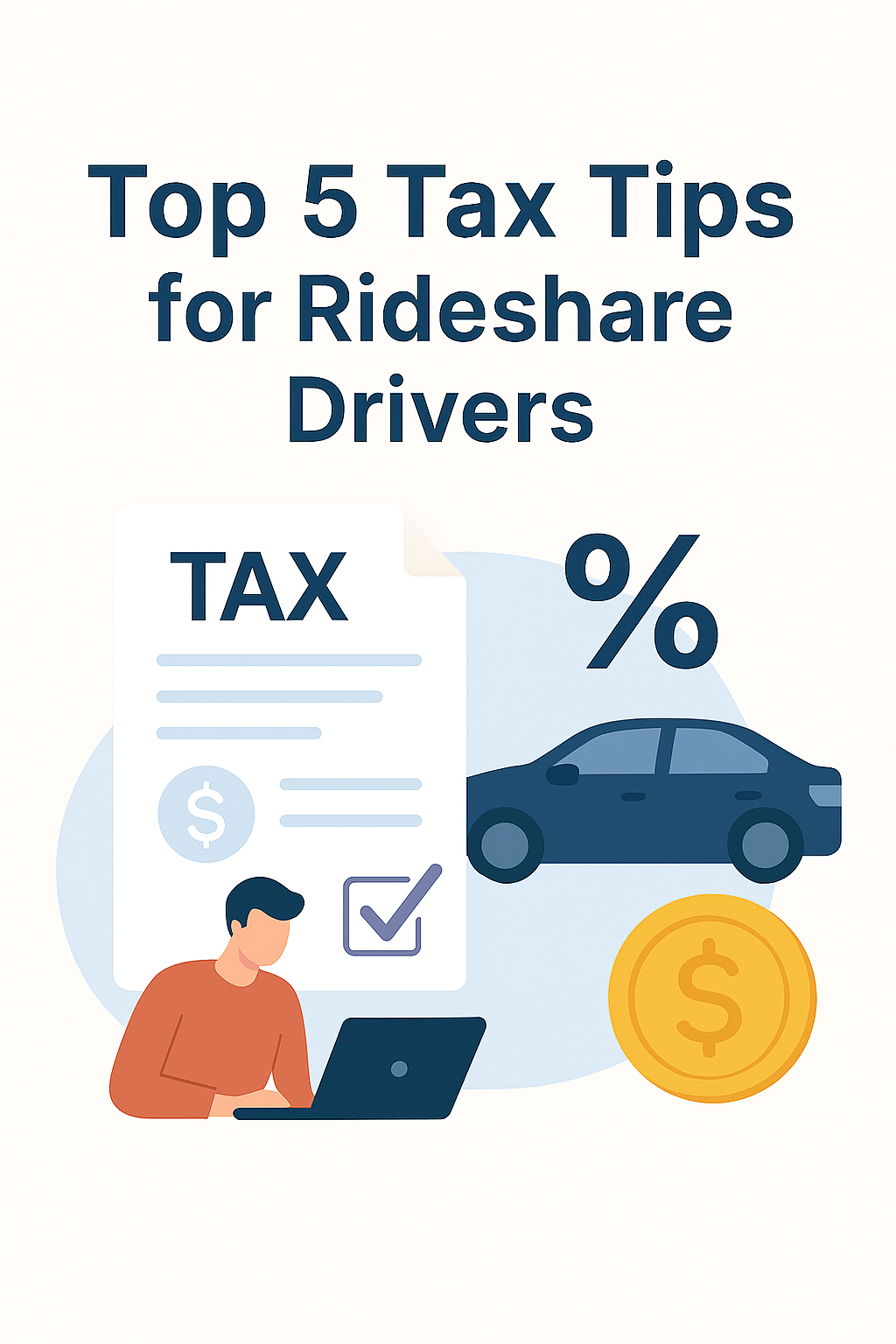Ride Income Calculator | Updated October 15, 2025
Whether you’re driving for Uber, Lyft, or a regional platform, staying tax-compliant is critical. With CRA tightening its reporting requirements and platforms disclosing driver income directly, here are five forensic-grade tax tips to help you protect your earnings and stay audit-ready.
1. 🧾 Report All Income—Even Without a T4A
Not all rideshare platforms issue T4A slips. Regardless, you’re legally required to report all income earned. Use platform dashboards, payout summaries, and forensic logs to track gross earnings, fees, and net payouts.
2. 🚗 Claim Eligible Vehicle Expenses
You can deduct a wide range of vehicle-related costs, including:
- Fuel, maintenance, repairs
- Insurance and lease payments
- Parking and tolls
- Vehicle depreciation (capital cost allowance)
Keep a mileage log to separate personal and business use—CRA requires documentation.
3. 📱 Deduct Communication and Tech Costs
Your phone, data plan, GPS apps, and even your dashcam may qualify as business expenses. If you use them exclusively for rideshare, you can deduct 100%. For mixed use, claim the business-use portion.
4. 📄 File Form T2125 with Forensic Clarity
Use Form T2125: Statement of Business or Professional Activities to report your rideshare income and expenses. This form is essential for self-employed individuals and helps you itemize deductions clearly.
5. 🛡️ Set Aside Taxes and Consider GST/HST
Rideshare income is taxable. Set aside 25–30% of your earnings for taxes. If your gross income exceeds $30,000 in a calendar year, you must register for GST/HST and file accordingly.
Final Word
Rideshare driving offers flexibility—but tax obligations are non-negotiable. By tracking income, claiming eligible expenses, and filing with forensic clarity, you can defend your earnings and stay compliant. For more outreach tools and audit-ready insights, explore our [Driver Strategy] and [Tax Tips] categories.

